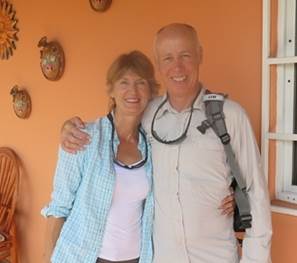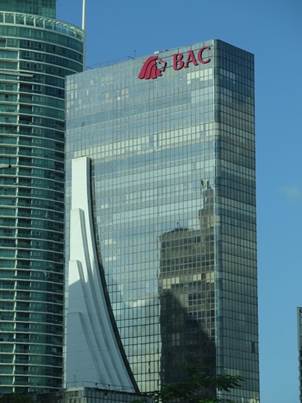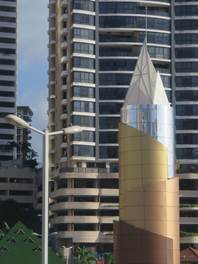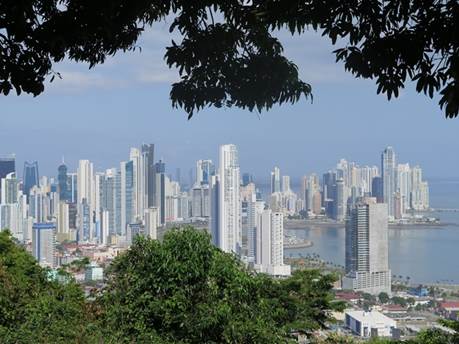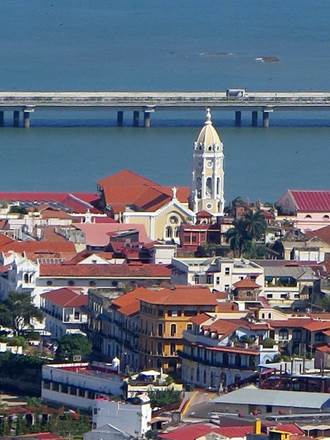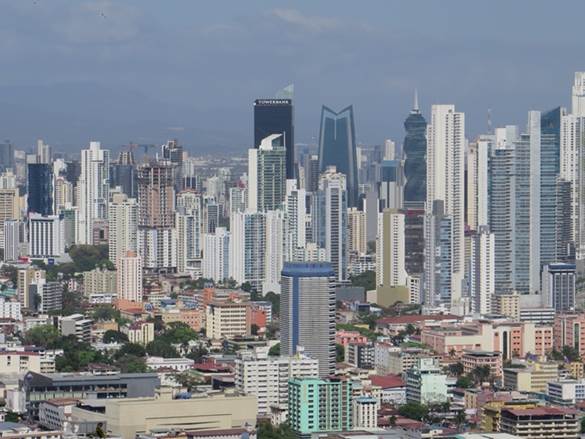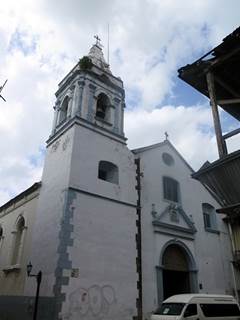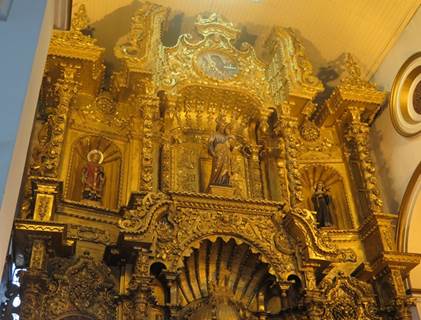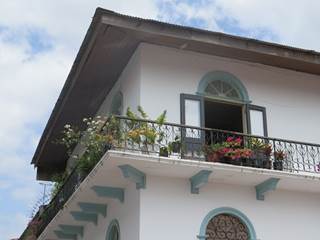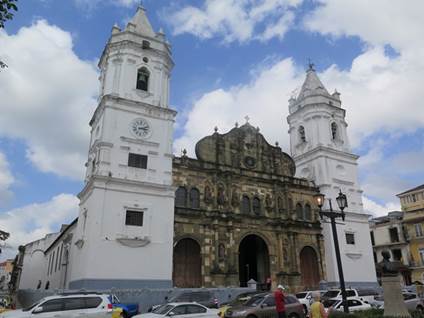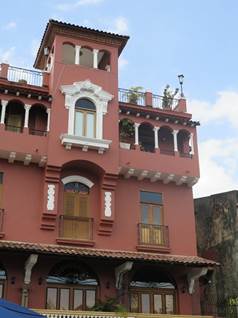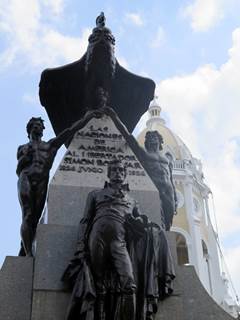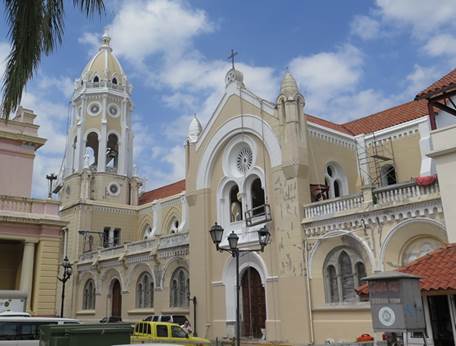City Break in Panama City

Our planned trip back to the UK was fast approaching and we’d spent the last couple of weeks preparing Macushla for her month long stay in the Shelter Bay storage yard. By chance when we were at Captain Jack’s in Portobello we’d met a Nilsa and Karl (a Panamanian and American couple) who’d invited us to stay at Nilsa’s mother’s guest house and to show us the sights of Panama City. We decided to spend a couple of days exploring the city before flying back home and were thrilled to be shown around the capital by people who’d grown up there (Nilsa and her tour-guide friend Hector).
We soon found Panama City to be a vibrant and very cosmopolitan capital and, as a thriving centre for international banking and trade, sports a magnificent skyline of shimmering glass and steel skyscrapers. The city’s residents refer to it as the Miami of the South, and it became the place to live for the city’s elite. They shunned the colonial district of Casco Viejo (Old Quarter) which became run-down and dilapidated, but has over recent years been reclaimed and re-developed. With its cobbled streets, old churches, scenic plazas and colonial architecture, it was definitely our favourite part of the city.
Views of Panama City from Cerro Ancón:
The Bridge of the Americas at the entrance to the Panama Canal, Pacific Side and the Frank Gehry designed Bio-diversity Museum:
Casco Viejo (Casco Antiguo): Following the destruction of the old city by Henry Morgan in 1671, the Spanish moved their city 8 km southwest to a rocky peninsular at the foot of the Ancón Hill (Cerro Ancón). The new area was easier to defend as the reefs prevented ships from approaching the city except at high tide. In addition, the city was surrounded by a massive wall which is how it got its name (Old Compound). In 1904, at the time construction of the Panama Canal began, all of Panama City existed where Casco Viejo stands today. However, as population growth and urban expansion pushed the boundaries further east, the city’s elite abandoned Casco Viejo and the area rapidly deteriorated in to an urban slum. However, the restoration work has resulted in Casco Viejo being declared a Unesco World Heritage Site in 2003. The Iglesia de San Jose: This church contains the famous Altar de Oro (Golden Altar) the only thing of value salvaged after Henry Morgan sacked Panamá Viejo. According to local legend, when news came of the pirate’s pending attack, a priest covered the altar in mud to disguise it and told Morgan the famous altar had been taken by another pirate. The baroque altar was later moved from the old city to the present site:
The Arco Chato: This long arch stood unsupported for centuries. It reportedly played a part in the selection of Panama over Nicaragua as the site for the canal: its survival was taken as proof that the area was not subject to earthquakes. It suddenly collapsed in 2003…
The Catedral de Panama in Independence Square:
The History Museum of Panama (centre):
The Iglesia San Francisco de Asis and the National Theatre, Plaza Bolívar: And in amongst the locals at the wonderful market:
Panamá Viejo Ruins: The ruins of Panama Viejo are where the city was originally established in 1519 and are now a protected site. Though only the walls remain of many buildings, the Cathedral with its stone tower and the Convent of Santo Domingo are more complete and have undergone restoration.
We had a wonderful 2 days exploring the many ‘faces’ of Panama City, during which Nilsa and Karl proved to be the perfect hosts and Hector a great tour guide. We’re sure our paths will cross again in the future; we certainly hope so. |
